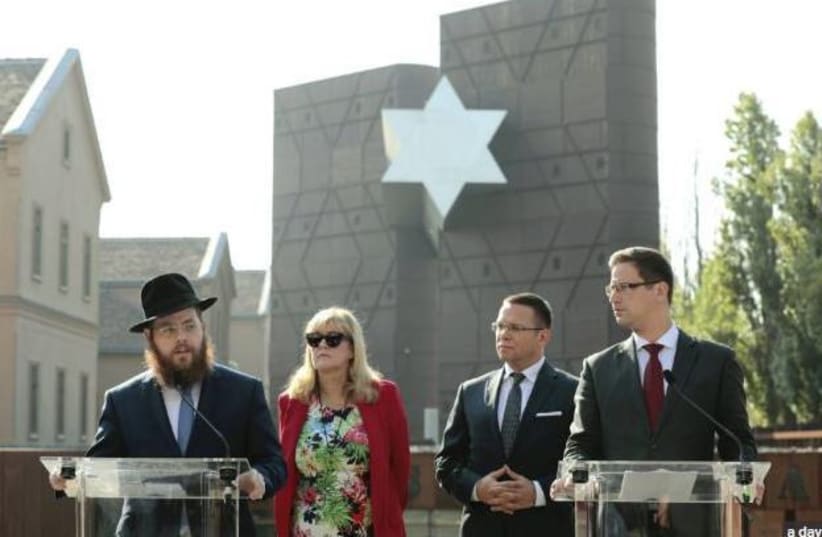Yad Vashem: Hungarian Holocaust museum is a ‘falsification of history'
Hungarian government recently announced the transfer of the museum to the Chabad Jewish federation in Hungary, although the liberal Jewish community opposes participation in the project.
